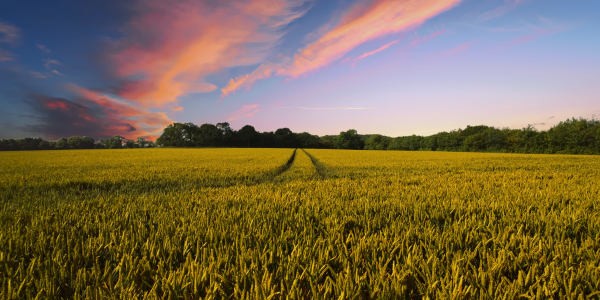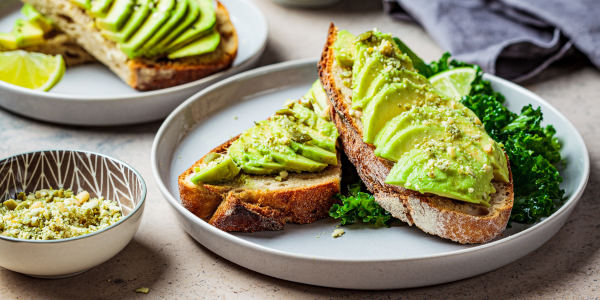Nearly half of the Irish population fails to get enough of the essential nutrient selenium, even though Ireland is one of the European countries with most selenium in the soil.
|
|
|
|
|
|
Are you familiar with selenium? If not, here is the short version: Selenium is a micronutrient that supports around 30 different enzymes (selenoproteins) in the body. These selenoproteins help regulate your thyroid function, immune defense, fertility, cell protection, and a number of other important body functions. In other words, we depend on selenium in order to maintain normal health.
|
|
|
|
|

Nearly half the Irish lack selenium
47 percent of the Irish population, according to a new report, fails to meet the dietary requirement for daily selenium intake. What makes it so alarming is that soil analyses point to Ireland as one of the European countries with most selenium in its farmland. The question is, what about the situation in the UK?
|
|
|
|
|
Selenium is also low in the UK
Numerous agricultural surveys have indicated low levels of selenium in UK soils.
A 2000 soil survey found that 74% of samples around the UK fell below 0.1 mg/kg DM, which the researchers reported as sub-optimal and likely to lead to low selenium status in grazing animals. A 2009 study of Scottish soils found that 90% of samples were classed as deficient, whilst a separate survey identified low concentrations of selenium in major cereal growing areas of England.
A recent analysis of UK statistics shows that selenium intakes in the UK are low, with 50.3% of women and 25.8% of men consuming less than the lower reference nutrient intake (LRNI), which is not enough for good health.
|
|
|
|
|

Plant-based diets may be especially low
Crops take up selenium from the soil in which they grow. Less selenium in the soil therefore means a lower selenium content in the crops. This, by the way, affects the entire food chain. For example, the selenium content in meat from grazing cattle will be lower if the crops they eat are low in selenium. For decades, farmers in Denmark have fed extra selenium to their livestock to correct this insufficiency. However, because more and more people prefer a plant-based diet without meat they miss out on an otherwise selenium-rich food source.
|
|
|
|
|
How Finland solved its problem
Finland used to be a low-selenium area but in 1984, the Finnish government passed a law that called for mandatory selenium-enrichment of all fertilizers. As a result of this policy, all Finns currently have an adequate selenium intake from their diet. But there are other ways to solve the problem, for instance by taking selenium in tablet form.
|
|
|
|
|
Selenium supplementation also works
SelenoPrecise is Pharma Nord’s unique and patented selenium yeast that has good absorption and is documented in numerous studies. Each tablet contains 100 micrograms of selenium yeast with a variety of different selenium species. Among the studies conducted with SelenoPrecise is the groundbreaking KiSel-10 study that was published in International Journal of Cardiology in 2013.
|
|
|
|
|
|
Source:
Journal of Nutritional Science, 2023, Mar 13;12:e35.doi: 10.1017/jns.2023.23. eCollection 2023.
(additional reference for UK statistic) - National Diet and Nutrition Survey. Results from Years 7-8 (combined) of the Rolling Programme (2014/15 to 2015/16).
|
|
|
|
|